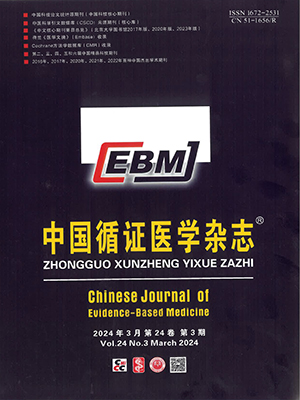Objective To retrospectively analyze the clinical information of a series of patients with cryptococcal neoformans meningitis in order to improve the diagnosis and treatment level.
Methods Fifteen patients with etiological diagnosis as cryptococcal neoformans meningitis from January 2004 to December 2009 in the Affiliated Shengjing Hospital of China Medical University were included in the study. The clinical manifestations, treatment and prognosis of those patients were retrospectively analyzed.
Results Seven of the total 15 patients were misdiagnosed with misdiagnosis rate of 46.7%. Twelve patients were treated by combination of amphotericin B/Lipo-AMB and fluconazole intravenously infusion, and then followed by the maintenance therapy of fluconazole orally administration, of which 7 were cured, 3 were improved, and 2 died. Five patients undergoing lumbar cisterna drainage were all cured. The follow-up study showed that 4 cases were accompanied by auditory or/and visual dysfunction within 1 to 5 years after hospital discharge. Three cases died that were not treated with anti-fungal drugs.
Conclusion The misdiagnosis rate of cryptococcal neoformans meningitis is high. The keys to reduce mortality are raising vigilance, early diagnosis, rational use of antifungal drugs, and effectively lowering the intracranial pressure. The integrated therapy of amphotericin B/Lipo-AMB and fluconazole is effective and safe. Lumbar cisterna drainage can effectively lower the intracranial hypertension, quickly relieve symptoms and improve prognosis.
Citation: CONG Shuyan,LV Dan,ZHAO Xiulan,HUANG Da,NAO Jianfei,SONG Lichun. Cryptococcal Neoformane Meningitis: A Retrospective Clinical Study. Chinese Journal of Evidence-Based Medicine, 2012, 12(1): 116-119. doi: 10.7507/1672-2531.20120019 Copy
-
Previous Article
Evidence-Based Treatment for a Patient with Obscure Gastrointestinal Bleeding -
Next Article
《中国循证医学杂志》稿约




